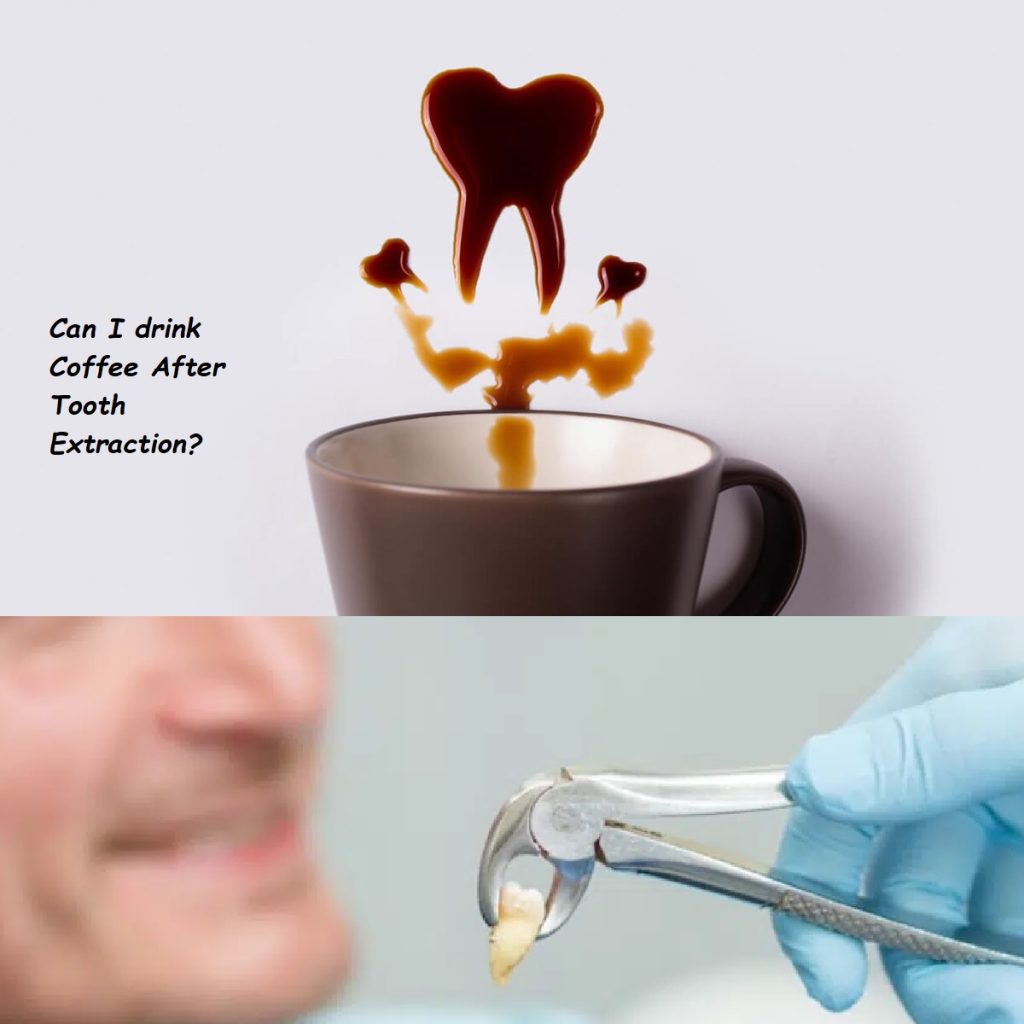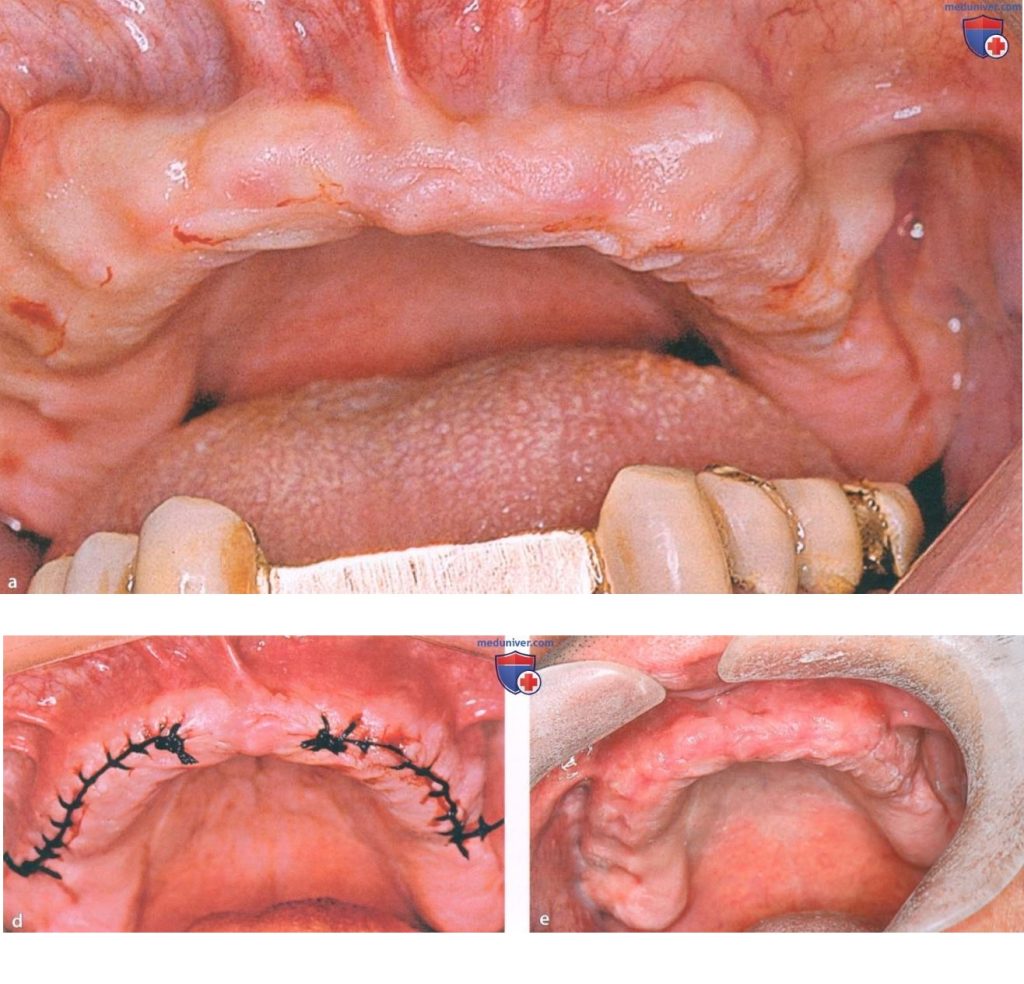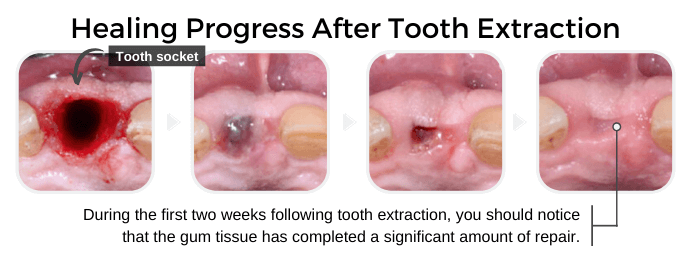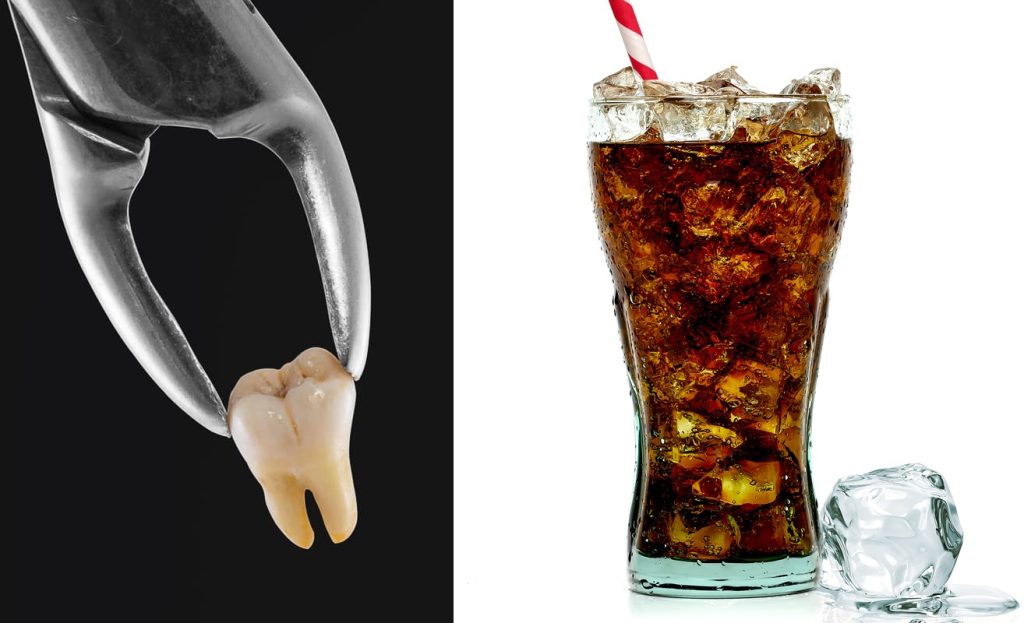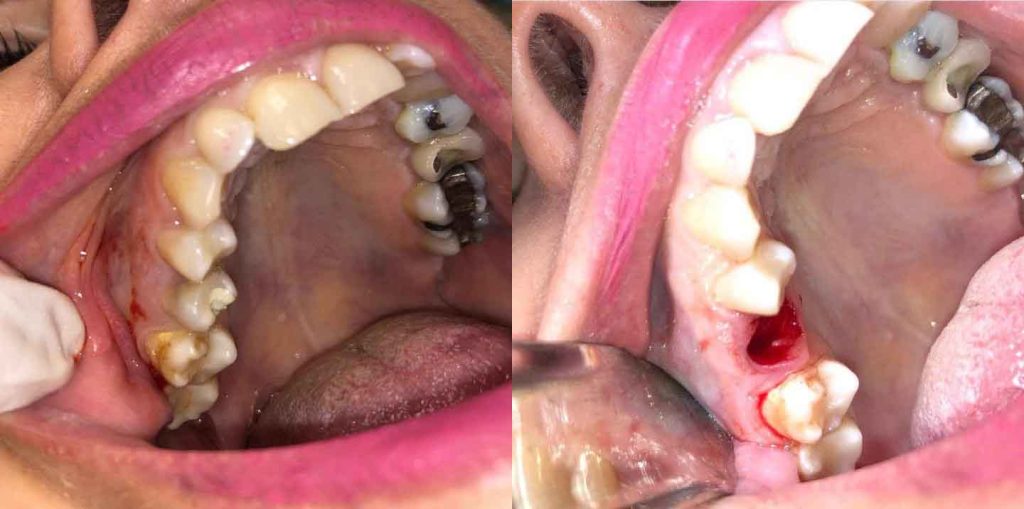Can i eat before tooth extraction local anesthesia

Tooth extraction is a common dental procedure that involves removing a tooth from its socket in the bone. This can be necessary for various reasons, such as severe tooth decay, infection, or overcrowding. Local anesthesia is often used to numb the area around the tooth, ensuring that the patient experiences minimal discomfort during the procedure. One of the frequently asked questions by patients facing tooth extraction with local anesthesia is, “Can I eat before tooth extraction local anesthesia?” This comprehensive guide will address this question in detail, along with other related aspects of tooth extraction under local anesthesia.
Understanding Tooth Extraction and Local Anesthesia
What is Tooth Extraction?
Tooth extraction is a dental procedure where a tooth is removed from the mouth. This can be due to several reasons, including:
- Severe Tooth Decay: When a tooth is too damaged to be repaired with a filling or crown.
- Gum Disease: Advanced periodontal disease can loosen teeth, necessitating extraction.
- Impacted Teeth: Teeth that fail to emerge properly can cause pain and dental complications.
- Overcrowding: Extraction may be needed to make room for teeth alignment treatments like braces.
- Infection: Teeth severely infected or at risk of infecting surrounding areas might need to be removed.
What is Local Anesthesia?
Local anesthesia is a type of anesthesia used to numb a specific part of the body. In dental procedures, it is used to numb the area around the tooth to be extracted, ensuring that the patient does not feel pain during the procedure. The most common local anesthetic used in dentistry is lidocaine, but others like articaine, mepivacaine, and bupivacaine can also be used.
Can I Eat Before Tooth Extraction Local Anesthesia?
The question, “Can I eat before tooth extraction local anesthesia?” is essential for ensuring the safety and comfort of the patient during and after the procedure. The guidelines regarding eating before tooth extraction with local anesthesia can vary, but generally, there are a few considerations:
General Guidelines
- Light Meal: It is typically advised to have a light meal 1-2 hours before the procedure. Unlike general anesthesia, local anesthesia does not usually require fasting.
- Avoid Heavy or Greasy Foods: Heavy or greasy foods can cause nausea and discomfort during the procedure.
- Hydration: Drink plenty of water before the procedure, but avoid alcoholic beverages.
Specific Considerations
- Medical History: Your dentist may provide specific instructions based on your medical history. For instance, patients with diabetes need to manage their blood sugar levels and may be advised to eat differently.
- Type of Procedure: Simple extractions may have different pre-operative guidelines compared to more complex surgical extractions.
- Medication: If you are taking medication, your dentist may advise you to take it with a small amount of food to avoid stomach upset.
Why Eating Guidelines Matter
Understanding whether you can eat before tooth extraction with local anesthesia is crucial for several reasons:
- Comfort: Eating the right type of food can prevent nausea and discomfort during the procedure.
- Safety: Following eating guidelines helps prevent complications, such as aspiration or interaction with medications.
- Procedure Efficiency: Proper preparation ensures that the procedure goes smoothly without unnecessary delays or issues.
Preparation for Tooth Extraction
Consultation and Examination
Before the extraction, a thorough dental examination is necessary. This usually involves:
- X-rays: To assess the position of the tooth and the surrounding bone structure.
- Medical History: To identify any potential complications or allergies to anesthesia.
- Discussion: Your dentist will explain the procedure, aftercare, and answer any questions, including whether you can eat before tooth extraction local anesthesia.
Pre-Operative Instructions
In addition to guidelines on eating, your dentist may provide other pre-operative instructions, such as:
- Medication Adjustments: If you are on blood thinners or other medications, adjustments may be needed.
- Oral Hygiene: Brush and floss your teeth before the appointment to reduce the risk of infection.
- Clothing: Wear comfortable clothing and avoid wearing jewelry that might interfere with the procedure.
The Tooth Extraction Procedure
Administering Local Anesthesia
- Topical Anesthetic: A gel is applied to the gums to numb the surface before the injection.
- Injection: The local anesthetic is injected into the gum and surrounding tissues. This numbs the area, ensuring that you do not feel pain during the extraction.
Extraction Process
- Simple Extraction: For visible teeth, the dentist loosens the tooth with an elevator and removes it with forceps.
- Surgical Extraction: For impacted or non-visible teeth, a small incision is made in the gum, and the tooth may be broken into pieces for easier removal.
Post-Extraction
After the tooth is removed:
- Gauze Placement: A piece of gauze is placed over the extraction site to control bleeding.
- Post-Operative Instructions: Your dentist will provide instructions on care, including what to eat, how to manage pain, and signs of complications to watch for.
Post-Extraction Care
Eating and Drinking
After tooth extraction, what and when you eat is crucial for healing:
- First 24 Hours: Stick to soft foods like yogurt, applesauce, and broth. Avoid hot, spicy, or crunchy foods.
- Hydration: Drink plenty of fluids but avoid using a straw, as the sucking action can dislodge the blood clot (a condition known as dry socket).
- Gradual Diet: Slowly reintroduce solid foods as you feel comfortable, typically within a few days.
Pain Management
- Medications: Over-the-counter pain relievers like ibuprofen or acetaminophen are usually recommended.
- Cold Compress: Apply a cold compress to the outside of your cheek to reduce swelling and discomfort.
Oral Hygiene
- Gentle Brushing: Brush your teeth carefully, avoiding the extraction site for the first few days.
- Salt Water Rinse: Rinse your mouth gently with a warm salt water solution to keep the area clean and promote healing.
Follow-Up Care
- Check-Up: Attend any follow-up appointments to ensure proper healing and address any complications.
- Signs of Infection: Watch for signs of infection, such as increased pain, swelling, or discharge, and contact your dentist if these occur.
Common Questions About Tooth Extraction and Local Anesthesia
Can I Drive Home After Tooth Extraction with Local Anesthesia?
Yes, you can typically drive home after a tooth extraction with local anesthesia, as it does not impair your ability to drive. However, if you feel lightheaded or experience any adverse effects, it’s best to have someone else drive you.
How Long Does Numbness Last?
The numbness from local anesthesia usually lasts for 1-3 hours after the procedure. During this time, be careful not to bite your tongue or cheek.
Can I Smoke After Tooth Extraction?
It is strongly advised to avoid smoking for at least 72 hours after tooth extraction. Smoking can interfere with healing and increase the risk of complications like dry socket.
What if I Have Allergies to Anesthetics?
If you have known allergies to certain anesthetics, inform your dentist during the consultation. They can choose an alternative anesthetic that is safe for you.
Can I Eat Ice Cream After Tooth Extraction?
Yes, eating ice cream can be soothing after tooth extraction. It is soft and cold, which can help reduce swelling and discomfort. Just avoid any flavors with hard or crunchy mix-ins.
What If I Experience Severe Pain After Tooth Extraction?
Severe pain after tooth extraction can be a sign of complications such as dry socket or infection. Contact your dentist immediately if you experience intense or persistent pain.
The Role of Local Anesthesia in Tooth Extraction
How Local Anesthesia Works
Local anesthesia works by blocking nerve signals in the targeted area, preventing the sensation of pain. It allows the patient to remain awake and aware during the procedure without experiencing discomfort.
Advantages of Local Anesthesia
- Safety: Local anesthesia has a low risk of complications and is suitable for most patients.
- Quick Recovery: Patients recover quickly from local anesthesia, usually within a few hours.
- Cost-Effective: Local anesthesia is more affordable compared to general anesthesia.
Disadvantages of Local Anesthesia
- Limited Use: Not suitable for very anxious patients or extremely complex procedures.
- Brief Numbness: Numbness wears off within a few hours, so pain management may be needed post-procedure.
Factors Affecting Tooth Extraction with Local Anesthesia
Patient Anxiety
Patients with high anxiety levels might struggle with the procedure, even with local anesthesia. Discussing concerns with the dentist can help find ways to manage anxiety, such as sedation options.
Complexity of Extraction
The complexity of the tooth extraction can influence the decision to use local anesthesia. More complex extractions might require additional sedation for patient comfort.
Patient Health
Certain health conditions, such as blood disorders or severe cardiovascular issues, may affect the use of local anesthesia. A thorough medical history is essential to determine the best approach.
Conclusion
The question, “Can I eat before tooth extraction local anesthesia?” is vital for patients preparing for this common dental procedure. Generally, it is recommended to have a light meal 1-2 hours before the procedure, avoiding heavy or greasy foods. This preparation helps ensure the patient’s comfort and safety during the extraction.
Understanding the tooth extraction process, the role of local anesthesia, and the importance of pre-operative and post-operative care can help patients have a smoother experience and better recovery. By following the guidelines provided by the dentist, maintaining good oral hygiene, and attending follow-up appointments, patients can ensure successful outcomes and optimal dental health.
Whether you are facing a simple or complex tooth extraction, being well-informed about the procedure and how to prepare can make a significant difference in your overall experience and recovery. If you have any concerns or specific questions, always consult your dentist, who can provide personalized advice based on your individual needs and health history.
Related to read:
Best Oral Hygiene Practices For Optimum Oral Health.
How to Whiten Teeth Naturally?
How to keep your gums healthy and disease-free?
References
To ensure the information provided is accurate and up-to-date, the following sources were referenced:
- American Dental Association. (n.d.). Plaque and Tartar. Retrieved from ADA website
- Mayo Clinic. (n.d.). Dental Plaque. Retrieved from Mayo Clinic website
- National Institute of Dental and Craniofacial Research. (n.d.). Periodontal (Gum) Disease. Retrieved from NIDCR website



